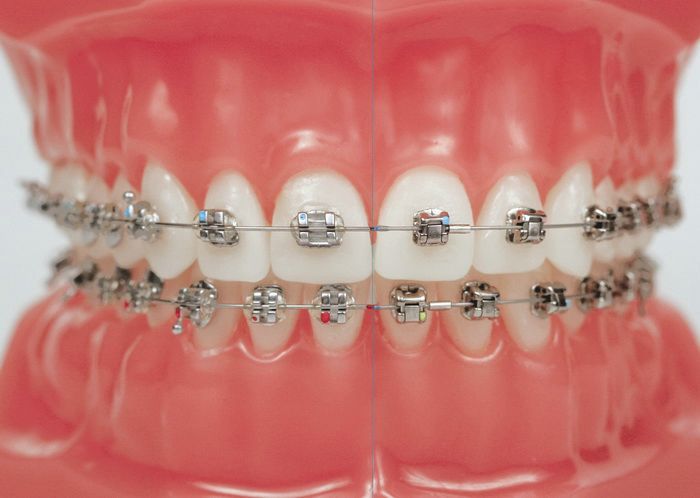When it comes to options in orthodontic treatments, you can choose countless options from, especially regarding the types of braces. Choosing types of braces for your dental needs is not something difficult. You simply have to consult specialists who have experience through enrolling in orthodontic continuing education. Such experts can find out the type of braces you may need to help move your teeth into the best alignment.

Among all the types of dental braces available today, braces are the most common ones you can choose from and definitely, some types are more appropriate for orthodontic conditions compared to others. Dental braces stand out as devices that dentists attach to the teeth, to help them move. Typically, metal wires connect braces, which help in the alignment of the teeth. In addition to straightening the teeth, it is also possible to improve alveolar development, occlusion, myofuntional health and dentofacial balance.
In the dentistry field, there are different advantages, designs, and limitations of the types of braces. However, each one comes with new inventions and features to improve results with better comfort.

Here are four common types of braces you should know about and the situations they are suitable for, these include:
1. Metal Braces
These also go by the name of “metal braces” having two components. These include the metal brackets applied to the teeth along with metal wires threaded through the metal brackets to apply pressure on the teeth and move them ultimately. Most teenagers today get this type of braces mainly because they fall under the least expensive category of braces. In terms of movement, they remain the fastest ones moving into the teeth to their ideal location.
In old days, the wires and brackets for the metal braces were quite noticeable and they were annoying to all those who wore them, especially because their size was intrusive. However, with modern technology taking over the dental industry, an orthodontist that specializes in the field of orthodontics and enrolls in Gerety Orthodontic Seminars learns about newer options. Technological advancements create wires that help the teeth to move faster causing less pain compared to old days. Now, teenagers also prefer the option to choose from color options in the choice of bands that surround the brackets. This gives each candidate the unique opportunity to personalize the metal braces.
2. Invisalign
This is the most effective and common system of aligners or braces available on the market. Even though they are not so ideal for patients, they tend to provide a good number of benefits such as the ability to remove them while brushing the teeth or chewing food. Essentially, they are invisible and when a patient is used to wearing them; they are more comfortable compared to traditional braces.
In comparison to metal braces, Invisalign however, is much more expensive and it has some limitations. For example, it does not provide solutions for orthodontic conditions that fall into the “severe” categories. On the other hand, it makes the perfect choice for all those who wish to have flexible treatment periods for alignment issues that are not so prominent.
3. Ceramic Braces
There was a time when ceramic braces were much more popular than metal braces. This was due to the reason that their manufacturing was through ceramic materials, in the same texture and color as the teeth. This quality made them barely visible when worn on the teeth.
Most orthodontists also made use of wires that had the same color as the teeth of the patient, so as the treatment would progress, it was impossible to see them on. Since they were less noticeable compared to metal braces, the development of this system made them a high demand choice.
Today, some orthodontists still offer ceramic braces. Even though they are more expensive compared to traditional braces, they are less noticeable and offer faster treatment compared to Invisalign. They appear just like your real teeth, but the drawback is that their brackets may stain easily if patients do not stick to cleaning schedules diligently. Most often, ceramic braces tend to cause the same level of discomfort compared to traditional metal ones.
4. Self-Ligating Braces
A lot similar to ceramic and traditional metal braces; these ones make use of wires and the bracket system. Most orthodontists use this braces today, but others stick to the traditional system. What differentiates these braces are their doors or clips that help to hold the wires in place, rather than the rubber band system.
Such braces also keep food away and they are less painful compared to other types of braces. They also reduce the number of trips to your chosen orthodontist. It is possible to find this type in ceramic and metallic versions, but not every patient prefers them as the ideal choice. Although they shorten the period of treatment, they may not provide all features patients need to get the best orthodontic treatment.
Before you seek orthodontic treatment, make sure that you consult an experienced orthodontist. Evaluate all the possible options and choose the best one like Philly dentist that suits your dental needs.




